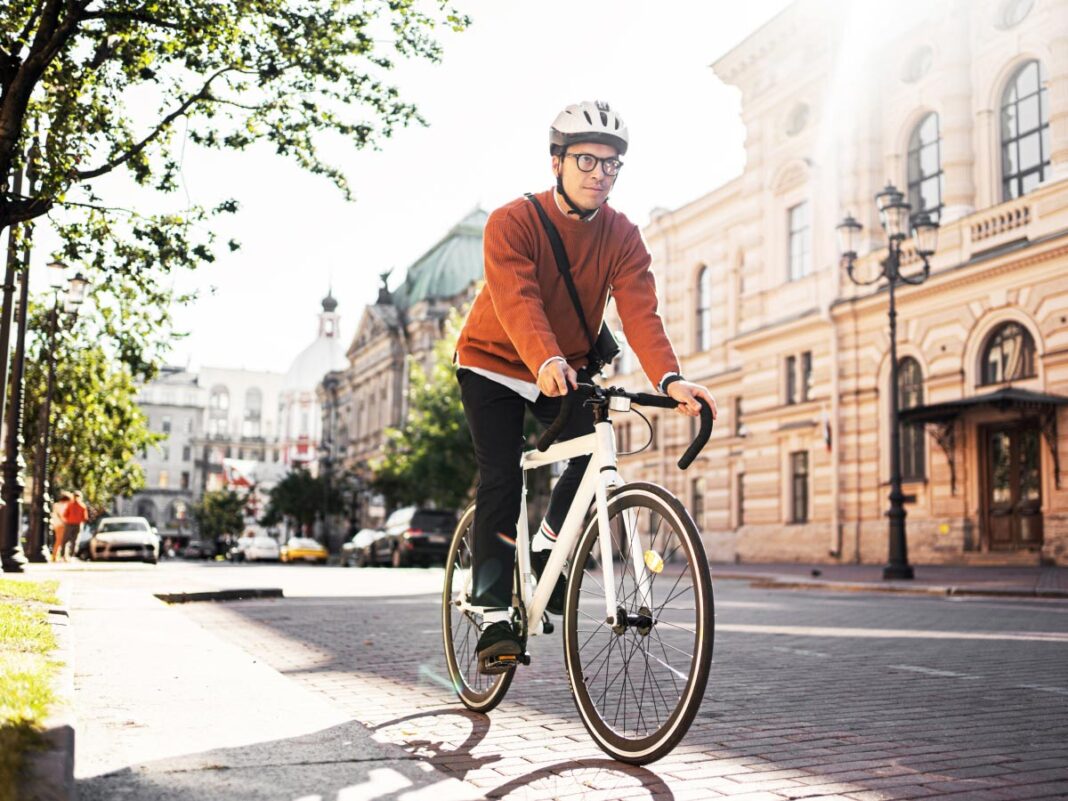As urbanization accelerates, cities worldwide face the pressing challenges of environmental sustainability and improving the quality of life for their residents. One solution gaining momentum is the promotion of cycling as a primary mode of transportation. Embracing bicycles not only reduces carbon emissions but also fosters healthier, more connected communities. Let’s explore how cities are transforming their streets to become more bicycle-friendly and the impact of these changes on society.
The Environmental and Health Benefits of Cycling
Bicycling offers a sustainable alternative to motor vehicles, reducing the carbon footprint of daily commutes. Emissions from cars, including carbon dioxide and carbon monoxide, contribute heavily to the climate crisis. Switching just one car trip per day to a bicycle can cut down an individual’s carbon emissions by 0.5 tonnes annually. Beyond environmental benefits, cycling promotes physical health, decreasing the risk of chronic illnesses associated with sedentary lifestyles.
Global Leaders in Bicycle-Friendly Infrastructure
Several cities have become exemplary models in promoting cycling through dedicated infrastructure and progressive policies.
Utrecht, Netherlands
Once a car-centric city, Utrecht transformed its transportation system in response to traffic-related child deaths in the 1970s. Today, it boasts over 420 kilometers (260 miles) of bike paths and features Europe’s largest bike parking garage. These improvements have led to significant health and economic benefits, saving around €300 million annually from decreased healthcare costs and reduced air pollution. In 2022, Utrecht was ranked the most bike-friendly city.
Copenhagen, Denmark
Copenhagen has been a pioneer in promoting cycling as a primary means of transportation. Since introducing the world’s first city-bike scheme in 1995, the city continues to enhance its cycling infrastructure. Currently, 62% of all trips to work or school are made by bike, totaling 894,000 miles cycled daily. Innovative initiatives like CopenPay reward visitors for choosing sustainable options, further encouraging a robust cycling culture.
Paris, France
Paris is undergoing a transformation into a “15-Minute City,” where essential services can be accessed within a 15-minute walk, bike ride, or public transit trip. This concept reduces car dependency and pollution, promoting a more sustainable urban environment. Between 2015 and 2020, cycling lane usage in Paris increased by 47%, and the city plans to expand its cycling infrastructure further.
Minneapolis, USA
Defying the car-centric stereotype of American cities, Minneapolis has emerged as a leader in bike-friendliness and infrastructure. Ranked the top large city for biking in 2024, it has implemented policies to reduce speed limits and has developed nearly 200 miles of bike lanes. These efforts showcase the city’s commitment to sustainable transportation and serve as a model for other urban areas in the United States.
| City | Key Achievements |
| Utrecht | Over 420 km of bike paths; Europe’s largest bike parking garage |
| Copenhagen | 62% of trips to work or school by bike; 894,000 miles cycled daily |
| Paris | Cycling lane usage increased by 47% between 2015 and 2020; “15-Minute City” concept |
| Minneapolis | Nearly 200 miles of bike lanes; Ranked top large city for biking in 2024 |
Conclusion
The shift toward bicycle-friendly cities represents a critical step in addressing environmental challenges and enhancing urban living. By investing in cycling infrastructure and promoting a culture that values sustainable transportation, cities can reduce carbon emissions, improve public health, and create more livable communities. As exemplified by cities like Utrecht, Copenhagen, Paris, and Minneapolis, and grassroots efforts in places like Cudahy, the future of urban mobility rides on two wheels. It’s time for more cities to embrace this movement and pedal toward a more sustainable future.


